White Mineral Oil
Mineral oil is any of various colorless, odorless, light mixtures of higher alkanes from a mineral source, particularly a distillate of petroleum, as distinct from usually edible vegetable oils.
The name ‘mineral oil’ by itself is imprecise, having been used for many specific oils over the past few centuries. Other names, similarly imprecise, include ‘white oil’, ‘paraffin oil’, ‘liquid paraffin‘ (a highly refined medical grade), paraffinum liquidum (Latin), and ‘liquid petroleum’.
Enquiry Form
Product Info
Toxicology
The World Health Organization classifies minimally treated mineral oils as carcinogens group 1 known to be carcinogenic to humans; Highly refined oils are classified group 3 as not suspected to be carcinogenic, from known available information sufficient to classify them as harmless.
The UK Food Standards Agency (FSA) carried out a risk assessment on the migration of components from printing inks used on carton-board packaging—including mineral oils—into food in 2011, based on the findings of a survey conducted in the same year. The FSA did not identify any specific food safety concerns due to inks.
People can be exposed to mineral oil mist in the workplace through inhalation, skin contact, or eye contact. In the United States, the Occupational Safety and Health Administration has set the legal limit for mineral oil mist exposure in the workplace as 5 mg/m3 (0.0022 gr/cu ft) over an 8-hour workday, the National Institute for Occupational Safety and Health has set a recommended exposure limit of 5 mg/m3 (0.0022 gr/cu ft) over an 8-hour workday, with a previous limit of 10 mg/m3 (0.0044 gr/cu ft) for short-term exposure rescinded according to the 2019 Guide to Occupational Exposure Values compiled by the ACGIH. Levels of 2,500 mg/m3 (1.1 gr/cu ft) and higher are indicated as immediately dangerous to life and health. However, current toxicological data does not contain any evidence of irreversible health effects due to short-term exposure at any level; the current value of 2,500 mg/m3 (1.1 gr/cu ft) is indicated as being arbitrary.
Applications
Biomedicine
Laxative
Mineral oil is used as a laxative to alleviate constipation by retaining water in stool and the intestines. Although generally considered safe, as noted above, there is a concern of mist inhalation leading to serious health conditions such as pneumonia.
Mineral oil can be administered either orally or rectally. It is sometimes used as a lubricant in enema preparations as most of the ingested material is excreted in the stool rather than being absorbed by the body.
Personal lubricant
It is recommended by the American Society for Reproductive Medicine for use as a fertility-preserving vaginal lubrication. However, it is known that oils degrade latex condoms.
Cell culture
Mineral oil of special purity is often used as an overlay covering micro drops of culture medium in petri dishes, during the culture of oocytes and embryos in IVF and related procedures. The use of oil presents several advantages over the open culture system: it allows for several oocytes and embryos to be cultured simultaneously, but observed separately, in the same dish; it minimizes concentration and pH changes by preventing evaporation of the medium; it allows for a significant reduction of the medium volume used (as few as 20 μl (0.0012 cu in) per oocyte instead of several milliliters for the batch culture); and it serves as a temperature buffer minimizing thermal shock to the cells while the dish is taken out of the incubator for observation.
Veterinary
Over-the-counter veterinarian-use mineral oil is intended as a mild laxative for pets and livestock. Certain mineral oils are used in livestock vaccines, as an adjuvant to stimulate a cell-mediated immune response to the vaccinating agent. In the poultry industry, plain mineral oil can also be swabbed onto the feet of chickens infected with scaly mites on the shank, toes, and webs. Mineral oil suffocates these tiny parasites. In beekeeping, food grade mineral oil-saturated paper napkins placed in hives are used as a treatment for tracheal and other mites. It is also used along with a cotton swab to remove un-shed skin (ashes) on reptiles such as lizards and snakes.

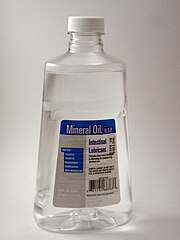
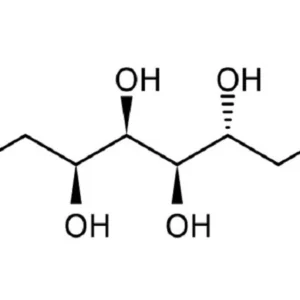
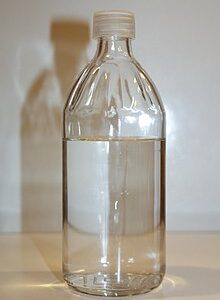
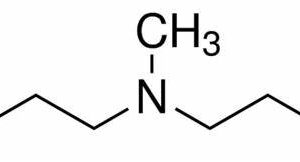
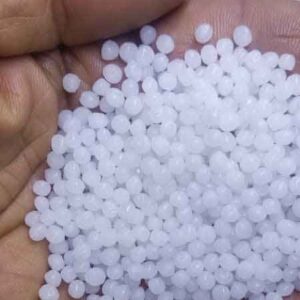
Reviews